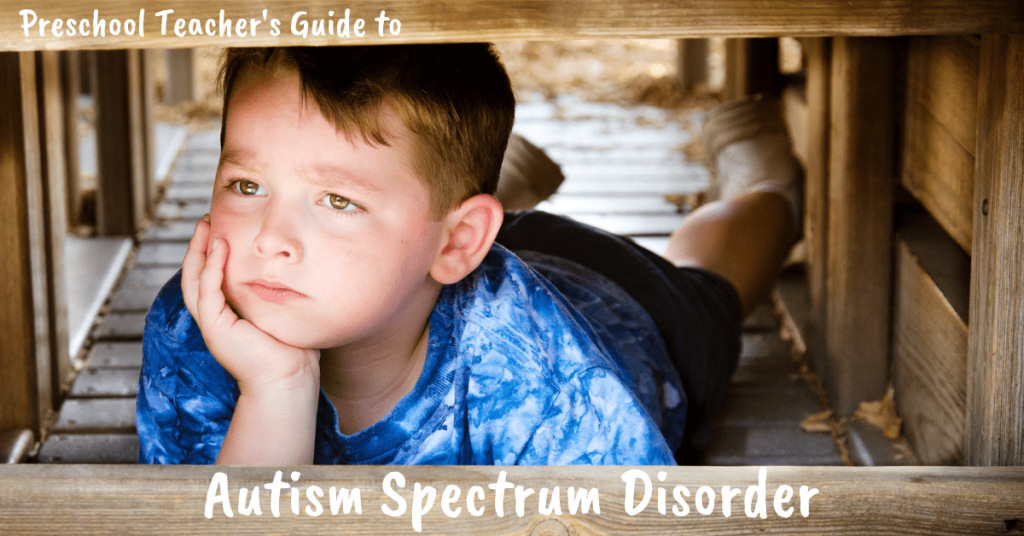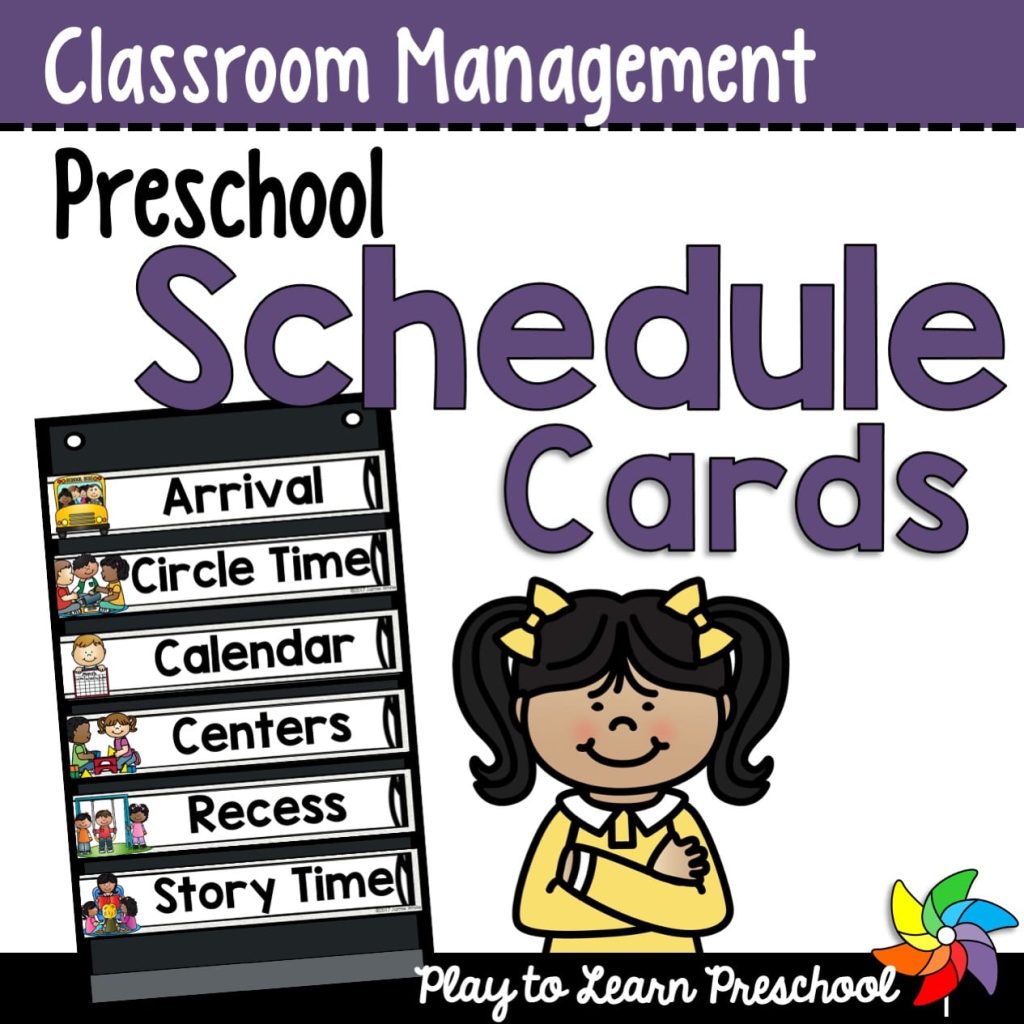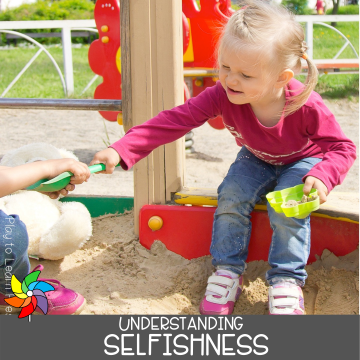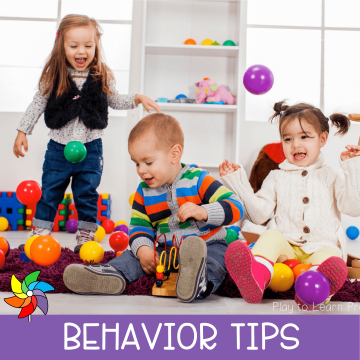Dear Preschool Teacher,
I am really nervous about coming to see you. You see, I don’t like change. But Daddy says that I need to go to school so I can learn. I have Autism Spectrum Disorder. Some people call it ASD, some people call it just Autism. But the important part is the word “spectrum.” It means that no two people with autism have it exactly the same. Some people have a lot more trouble, some have less. We all have things in common though.

Things have to be the same for me to feel comfortable, so please be patient with me.
I don’t know how long it will take me to feel comfortable in your classroom. Just everything is so NEW. New sounds, new smells, new people, new expectations…every single thing is new. If there is a way that we could do things in the same order, every day, that will help me know what is happening and will make me feel a lot better. A routine, maybe with a picture schedule, can help me feel more comfortable.

It’s also very hard for me to be comfortable with different people. Please try to spend a little extra time with me so that I can get used to you. I might really like books that have lift-the-flaps or buttons to push.
I’ll want to do them over and over and over again. It’ll feel like a million times, but it helps me feel better. Daddy might bring you something from home for me to do, so that I know there’s one that I like!
I might need help talking to all these new friends. You see, I don’t think they’ll understand me, and I’m pretty sure I’ll have a hard time understanding them, especially at first. I might have a special board or pictures or even a little computer to help me tell you what I want or need. I might be able to talk some of the time, or I might never say a word. If I do talk, I might be really slow to respond because it takes me extra time. This doesn’t mean I don’t have anything to say – I have lots on my mind. It just doesn’t always fit the conversation.
I take things literally. VERY literally. I struggle with sarcasm, idioms, and other kinds of figurative language. If you tell me that something was a “wild goose chase,” I’m going to be looking for an actual goose. If you make a joke, I might not understand it. This doesn’t mean I don’t have a sense of humor – but it might be different than what you are expecting. When you give me instructions, please use simple directions and be ready to repeat them the same way so I can process it. I also HATE open-ended questions. Please give me a choice, like asking if I want to play ball or read a book, and don’t ask me “What do you want to do at recess?”
Sometimes I might rock or flap my hands or make strange noises. I’m not trying to interrupt you or be annoying, it’s how I calm myself down when the world is getting to be too much. It’s called “stimming.” I also might not look at you. Eyes are too unpredictable – they move and I have a hard time looking at them. It doesn’t mean that I’m not listening, though, or that I’m not learning. I’m scared that the other kids won’t understand why I do these things. Can you explain to them why I’m doing this?
When the world gets too overwhelming, I might have what my grown-ups call a “meltdown.” I could scream, fall on the floor, try to run away, hit, punch, or do other things that are not very nice. I’m not trying to hurt you or my friends. Can you give me a quiet place in the room that I can use? Sometimes I just need some space and time to calm down. Giving me my favorite item and moving classmates away from me are the quickest ways to help me get back to calm. Please don’t try to talk to me during a meltdown, it just makes it worse!
Please don’t count me out of art projects or other activities. I might love to paint – but I also might make a really big mess. I have sensory issues sometimes. Once I master a skill, though, I will want to do it over and over and over again. I like to repeat things – it helps me feel calm.
I might really like one special toy in the classroom or be really interested in one kind of music, or art project, or even looking out of one particular window. It’s hard for me to explain why I like those things the best. Can we keep a small basket of things I really like in my cubby so that I can use them when I need to?
It might look like I’m not interested in other kids. It’s pretty likely that I won’t play with them. I might want to play next to them though, and do the same thing they are doing. I’m not trying to be unfriendly, and it’s ok to remind me to come to try things with my classmates. If I feel like I can do it, I will! Sometimes, I will want to watch what the class is doing from the other side of the room. The extra space makes me feel calmer. Sometimes I might wander around the room. And sometimes I might even sit with the group – it all depends on how I am feeling at that moment.
I know that it might be challenging for me to be in your class, but I think I could learn a lot by coming every day!
Sincerely,
Your Student with Autism Spectrum Disorder

FREE Posters And Organizational Tags
Enjoy these Free Posters and Organizational Tags perfect for the classroom!
After you subscribe, you will be redirected to the FREE Posters and Organizational Tags. We respect your privacy. Unsubscribe at any time.
Some notes about Autism Spectrum Disorder:
Autism Spectrum Disorder, or ASD, is primarily a communication disorder. It has three main “levels of support.” These levels help clinicians determine the best ways to help support individuals with an ASD diagnosis. They reflect how the individual is able to communicate, adapt, and manage daily life.
Level I, or “mild”: Social interactions happen, but they might be awkward. The person with ASD might struggle reading social cues. Organization and planning problems can hamper independence. In the classroom, these students will likely need help making friends, taking care of supplies and personal items. Students at this level do not typically require a one-on-one aide most of the time.
Level II, or “moderate”: Social interactions are limited to narrow interests, and will speak in simple sentences. A student with this level of autism may parrot back phrases when prompted, but be unlikely to use them on their own. Frequent restricted and repetitive behaviors, such as stimming, are more prevalent. In the classroom, these students will likely need small groups or a one-on-one aide. They will need guidance through most of their daily routines but will be mostly able to participate along with the class.
Level III , or “severe”: Severe deficits in verbal and non-verbal social communication. Many individuals with this type of autism have little to no understandable speech. When they do interact with others, it is to fulfill a single need, and will only respond to direct social approaches, and not always then. They will have very inflexible behavior, extreme difficulty coping with changes, and will become highly distressed quite often. In the classroom, these students will require a one-on-one aide, and possibly need a smaller group setting as well. They need substantial support with even basic tasks such as eating and moving about the classroom.
New Research:
To add to the confusion – research being done currently is finding that girls with ASD show some completely different symptoms. They seem to present with a craving for social interaction and acceptance, which is typically different from the male presentation of the disorder. Because of this, girls tend to be diagnosed later, as they approach late elementary school age.
Male or female, ASD often has other disorders that come along with it. Many people with ASD struggle with sensory issues, ADHD, intellectual impairment, or savant syndrome.
What Causes Autism?
Research is being done constantly to try to understand ASD. One thing that you may have heard in the news is that vaccines put children at higher risk for ASD. This has been proven completely, without a doubt, 100% false, and the study that attempted to link the two was discredited. No one knows why ASD happens, but there are risk factors such as having a premature birth, low birth weight, a sibling or close relative with the disorder, having older parents, or certain genetic conditions such as Down Syndrome, Fragile X syndrome, or Rett Syndrome.
Want to know more about Autism Spectrum Disorder?
The National Institute of Mental Health has lots of information on Autism.
Here’s a link to the Autism Advocacy Network, an organization that helps
Thirty Things all Teachers Should Know about Autism in the Classroom.
Read all of the great insight from Autistic Mama and And Next Comes L.



